Nd64 Filter How Many Stops ?
A ND64 filter typically reduces the amount of light entering the camera by 6 stops.
1、 ND64 filter: Reducing light by 6 stops for long exposure photography.
An ND64 filter reduces light by 6 stops for long exposure photography. This means that it allows only 1/64th of the original light to pass through the lens. The purpose of using an ND64 filter is to achieve longer exposure times, which can create stunning effects such as motion blur in waterfalls or smooth, streaking clouds in the sky.
In terms of stops, a stop refers to a doubling or halving of the amount of light reaching the camera sensor. So, when using an ND64 filter, the amount of light entering the camera is reduced by 6 stops. This allows for significantly longer exposure times, as less light is reaching the sensor.
The use of an ND64 filter is particularly useful in situations where there is too much light, such as during bright daylight conditions. By reducing the amount of light, it enables photographers to use slower shutter speeds without overexposing the image. This is especially important when capturing subjects that require longer exposure times to achieve the desired effect.
It's worth noting that the specific number of stops reduced by an ND64 filter may vary slightly depending on the brand and quality of the filter. However, the general consensus is that an ND64 filter reduces light by 6 stops.
In conclusion, an ND64 filter reduces light by 6 stops, allowing for longer exposure times and enabling photographers to capture stunning long exposure images.
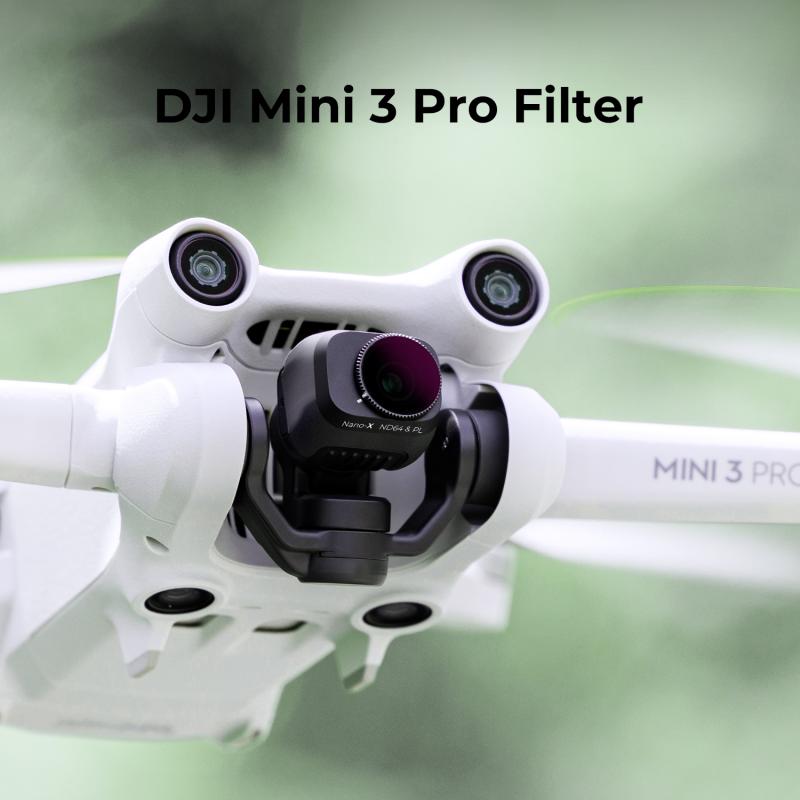
2、 Stops: Measurement unit for adjusting exposure in photography.
A nd64 filter reduces the amount of light entering the camera by 6 stops. In photography, stops are a measurement unit used to adjust exposure. Each stop represents a doubling or halving of the amount of light reaching the camera's sensor.
The purpose of using an nd64 filter is to achieve longer exposure times or wider apertures in bright lighting conditions. By reducing the amount of light entering the camera, the filter allows for slower shutter speeds, which can be useful for capturing motion blur or creating smooth water effects in landscapes.
The use of nd filters has become increasingly popular in recent years, as photographers seek to push the boundaries of their creativity. With advancements in technology, filters are now available in various strengths, ranging from 1 stop to 15 stops or even more. The nd64 filter, with its 6-stop reduction, falls in the mid-range of filter strengths.
It is important to note that the number of stops a filter reduces is not the only factor to consider when choosing a filter. The quality of the filter, its color neutrality, and its impact on image sharpness are also crucial considerations. Additionally, the specific lighting conditions and desired effect will determine the appropriate strength of the filter to use.
In conclusion, an nd64 filter reduces the amount of light entering the camera by 6 stops. This allows photographers to achieve longer exposure times or wider apertures in bright lighting conditions, enabling creative possibilities in their images.
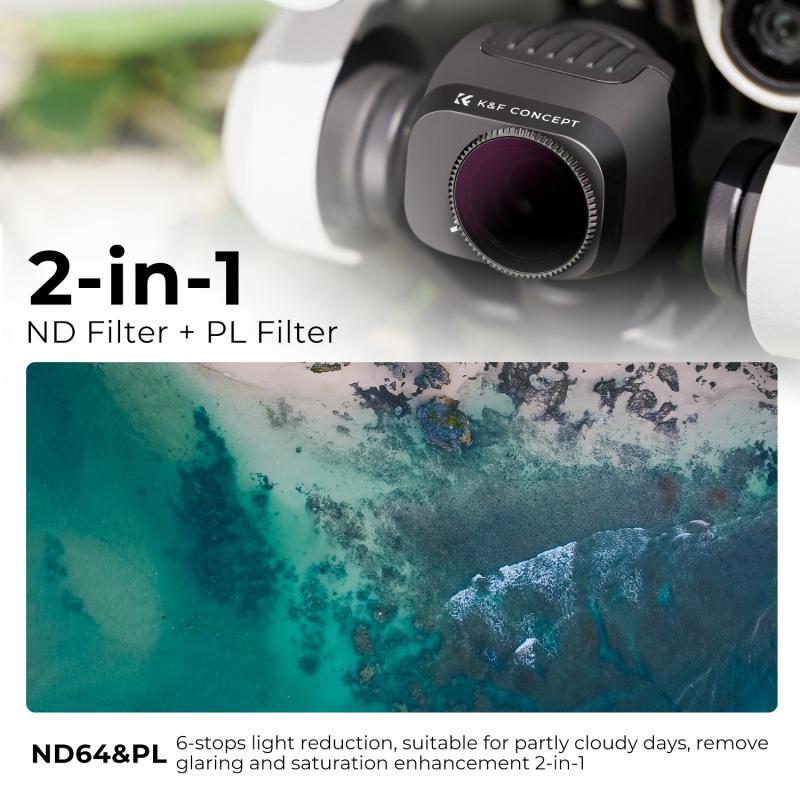
3、 Long exposure: Technique capturing motion blur by using longer shutter speeds.
An ND64 filter reduces the amount of light entering the camera by 6 stops. This means that it allows only 1/64th of the original light to pass through the lens.
Long exposure photography is a technique that involves using longer shutter speeds to capture motion blur. By using a slow shutter speed, moving objects in the frame appear blurred, creating a sense of motion and adding a dynamic element to the image. This technique is commonly used in landscape photography to capture the movement of water, clouds, or other elements.
The use of an ND64 filter is particularly useful in situations where there is too much light, such as during bright daylight. By reducing the amount of light entering the camera, the filter allows for longer exposure times without overexposing the image. This is especially important when using slow shutter speeds to capture motion blur, as longer exposures require less light to achieve the desired effect.
From a technical standpoint, the ND64 filter is a valuable tool for photographers looking to experiment with long exposure photography. It provides greater control over the exposure settings, allowing for more creative possibilities. Additionally, it can be used in combination with other filters, such as graduated ND filters, to further enhance the image.
In conclusion, an ND64 filter reduces the amount of light entering the camera by 6 stops, making it an essential tool for long exposure photography. It allows photographers to capture motion blur by using longer shutter speeds, adding a dynamic element to their images.
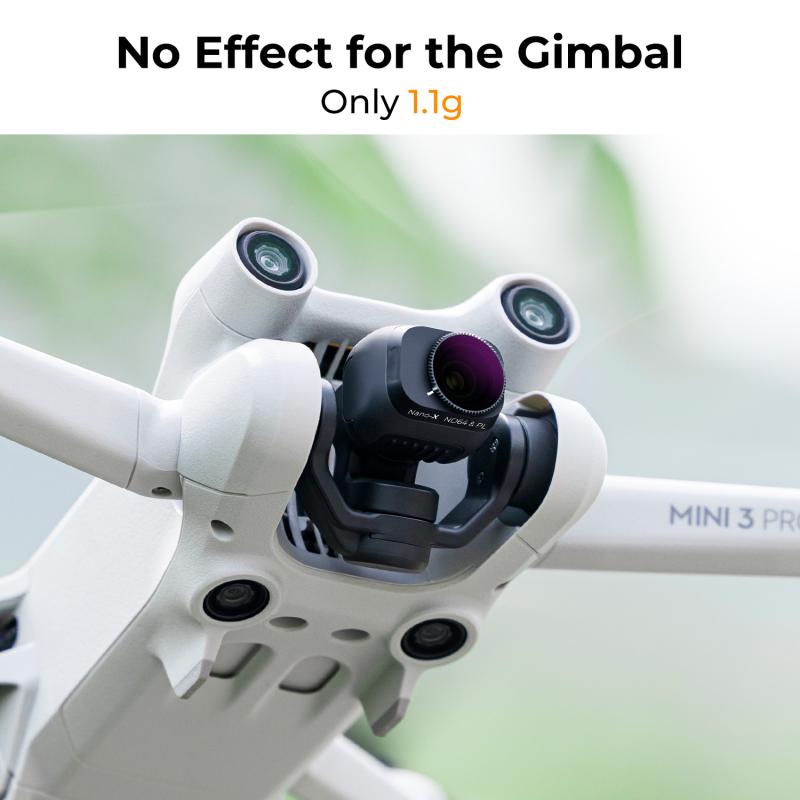
4、 Light reduction: Decreasing the amount of light entering the camera.
An ND64 filter reduces the amount of light entering the camera by 6 stops. This means that it allows only 1/64th of the original amount of light to pass through the lens.
The purpose of using an ND64 filter is to achieve longer exposure times or wider apertures in bright lighting conditions. By reducing the amount of light, it helps to prevent overexposure and allows for creative effects such as motion blur or shallow depth of field.
In terms of practical use, an ND64 filter is commonly employed in situations where the available light is too intense for the desired camera settings. For example, when shooting landscapes on a sunny day, the filter can be used to capture the movement of clouds or flowing water by using longer exposure times. It can also be useful for achieving a shallow depth of field in bright outdoor portraits, where a wider aperture is desired to blur the background.
It's worth noting that the specific light reduction provided by an ND64 filter may vary slightly depending on the brand and quality of the filter. However, the general consensus is that an ND64 filter reduces the light by 6 stops.
In conclusion, an ND64 filter is a valuable tool for photographers who want to control the amount of light entering their camera. With a light reduction of 6 stops, it allows for creative possibilities in bright lighting conditions and helps to achieve desired exposure settings.
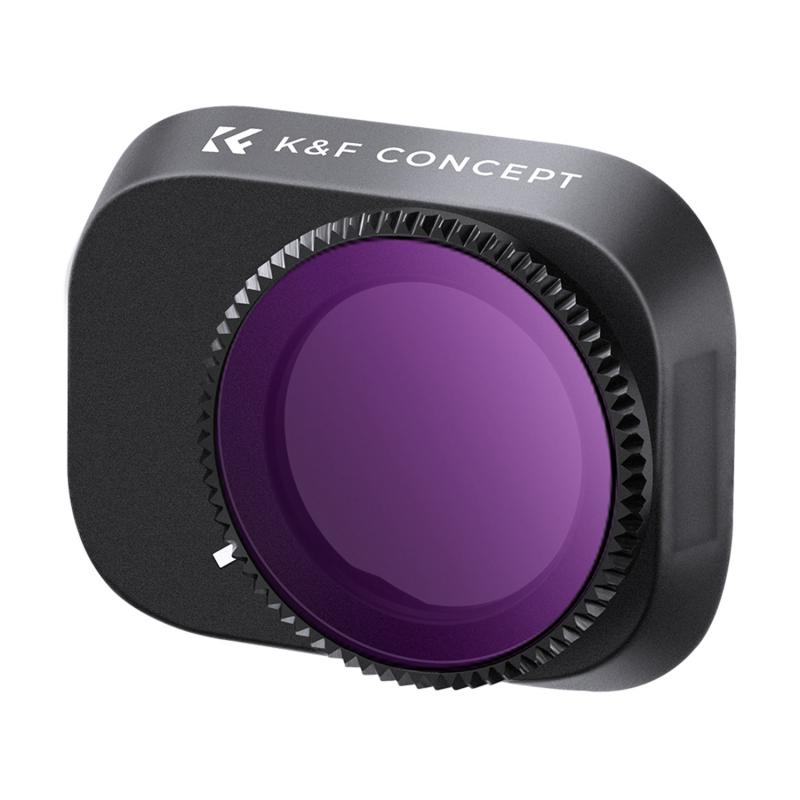




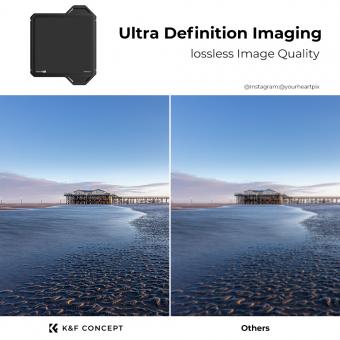
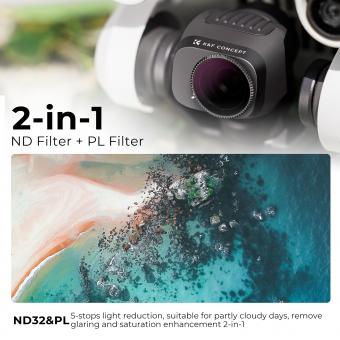

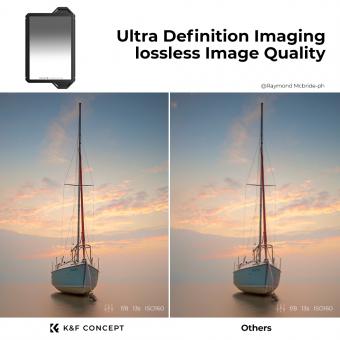

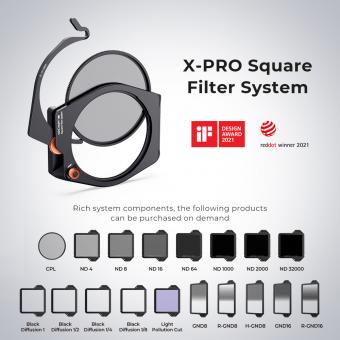


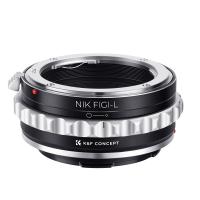

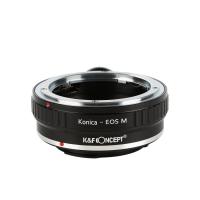








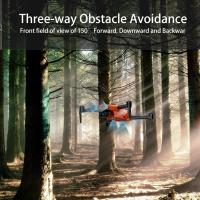
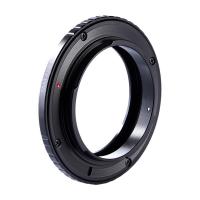
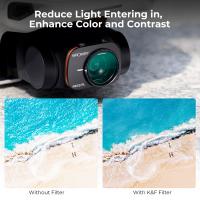
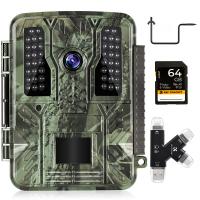
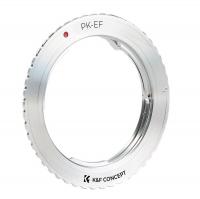


There are no comments for this blog.